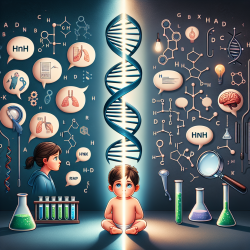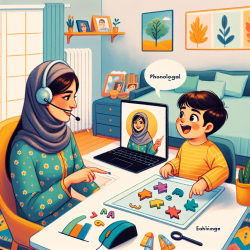Introduction
Rett Syndrome (RTT) is a complex neurodevelopmental disorder primarily affecting females, characterized by a period of normal development followed by regression, loss of purposeful hand skills, and other neurological impairments. Recent research has expanded our understanding of RTT, particularly in relation to genetic variants beyond the well-known MECP2 gene. One such variant involves the HNRNPH2 gene, which has been linked to a neurodevelopmental disorder exhibiting Rett-like phenotypes.
HNRNPH2 and Its Clinical Implications
The study titled "Rett-like Phenotypes in HNRNPH2-Related Neurodevelopmental Disorder" explores the overlap between RTT and HNRNPH2-related neurodevelopmental disorder (HNRNPH2-RNDD). Conducted by Gonzalez et al., the research highlights how certain individuals with HNRNPH2-RNDD exhibit clinical features similar to RTT, such as developmental delays, intellectual disabilities, and motor abnormalities.
Key Findings
- Out of 33 individuals studied, many exhibited RTT-like behaviors, including developmental regression and abnormal gait.
- Despite these similarities, only a few had been clinically diagnosed with atypical RTT.
- The study underscores the importance of considering HNRNPH2-RNDD in differential diagnoses when RTT-like symptoms are present.
Implications for Practitioners
For speech-language pathologists and other practitioners working with children, these findings emphasize the necessity of a comprehensive genetic evaluation when RTT-like symptoms are observed. By expanding genetic testing panels to include HNRNPH2, clinicians can improve diagnostic accuracy and tailor interventions more effectively.
Encouraging Further Research
This study serves as a call to action for further research into the genetic underpinnings of RTT and similar disorders. Understanding the molecular pathways involved in HNRNPH2-RNDD could lead to more targeted therapies and improved outcomes for affected individuals.
Conclusion
As our understanding of genetic contributions to neurodevelopmental disorders grows, so too does our ability to provide precise, effective interventions. By integrating the findings from studies like this one into clinical practice, we can enhance the quality of care for children with complex developmental profiles.
To read the original research paper, please follow this link: Rett-like Phenotypes in HNRNPH2-Related Neurodevelopmental Disorder.










